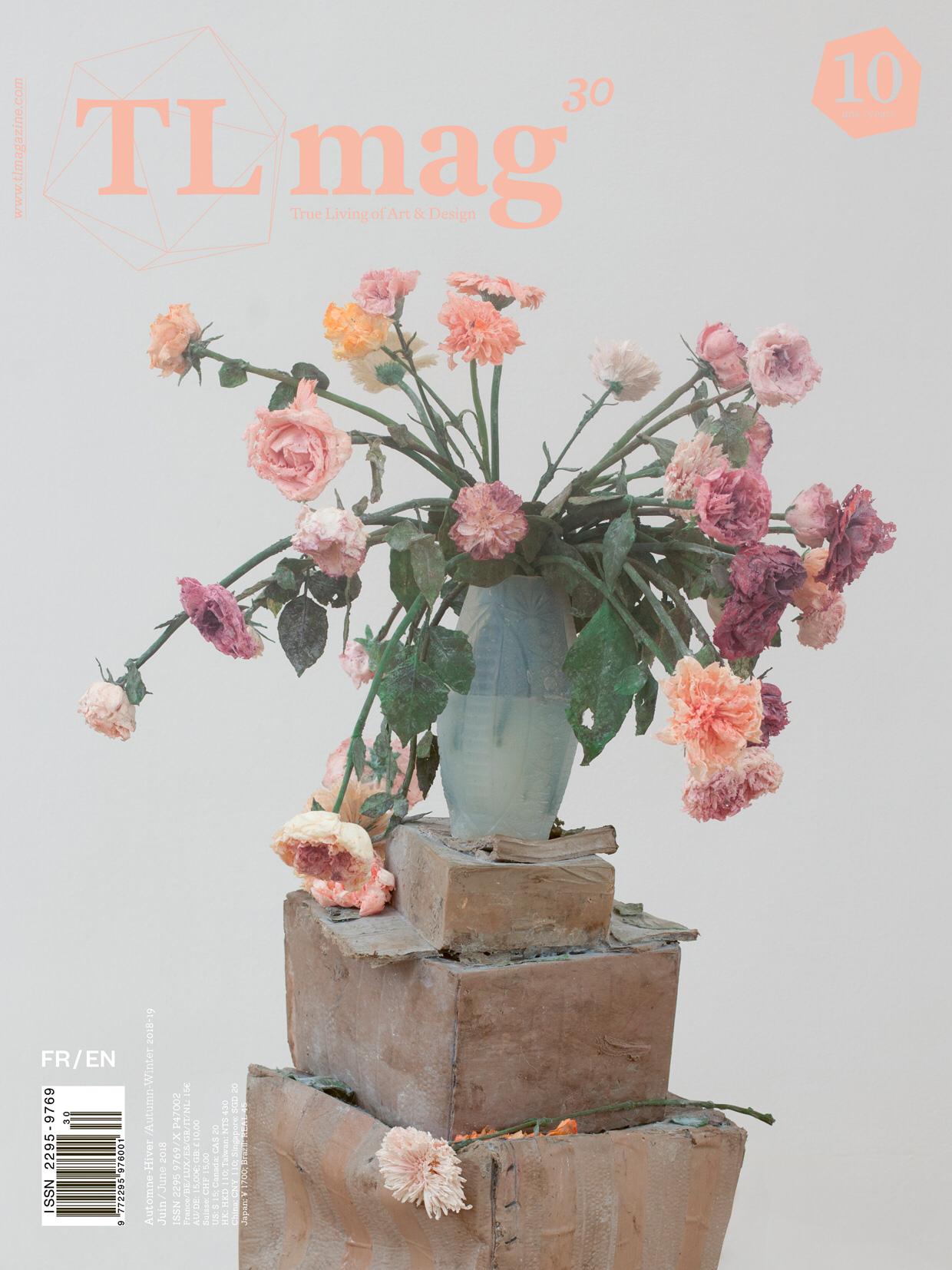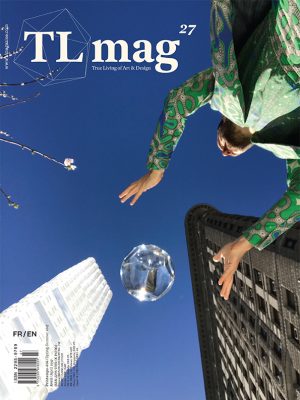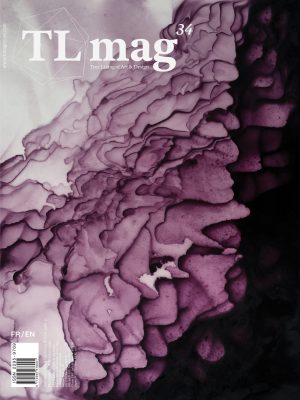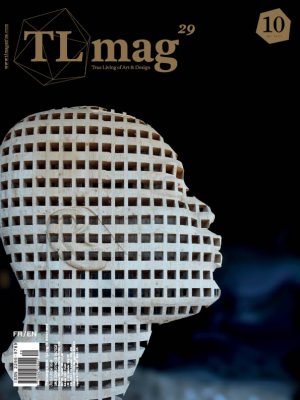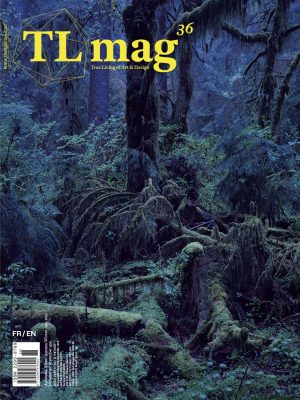Description
Contenu en bref /Content in brief: Piet Stockmans, Christien Meindertsma, Benoît Maire, Ali Cherri, Michelle Stuart, Leyla Cardenas, Berlinde de Bruyckere, Athina Iaonnou, Roland Persson, Mounir Fatmi, Koenraad Dedobbeleer, RARA x Thalie Lab Brussels, Pablo Bronstein, Delvaux Brillant 60 years, Stefano Graziani, benandsebastian, 10.000 years of design, Kustaa Saksi x IC98, Glenn Adamson & The Myth of the Dumb Object, Why Materials Matter, Formafantasma, Marlène Huissoud, Marcin Rusak, Erez Nevi Pana, Karl Lagerfeld, Broached Commissions Australia, x Lou Weis, Jean-François Declercq x Atelier Jespers, Studio Mieke Meijer, Ellsworth Kelly x Cahiers d’Art Paris, Casa Mollino by Fulvio Ferrari, The Materiality of the Invisible Portfolio, Espace104 Paris x Jan Van Eyck Academie Maastricht x Inrap Paris, Vincent Fournier Portfolio, Constance Rubini on MADD Bordeaux/CNAP & Collectible Design, Night Fever ADAM- Brussels Design Museum, The Arch of Palmyr, Bas Smets
Archæology Now ! Imaginer l’homme, le futur sur terre, dans l’espace et au-delà
Les pratiques artistiques et scientifiques se rejoignent au cœur de cette édition anniversaire de TLmag qui fête le cap de sa première décennie. Les archéologues opèrent plus que jamais sur des terrains sensibles et des territoires qui sont devenus de plus en plus difficiles d’accès. En collaborant avec des artistes contemporains et des designers, l’archéologie contemporaine s’ouvre à d’autres disciplines et se transforme en « plateforme d’invention » comme le souligne notre partenaire en France, l’INRAP (Institut national de recherches archéologiques préventives), initiateur du réseau européen NEARCH (www.nearch.eu). Dans un espace-temps qui est le leur, les artistes et les designers « makers » expérimentent et explorent une autre dimension de notre culture matérielle, en testant et en défiant les limites du possible, en côtoyant le futur et l’utopie. L’histoire est à nos trousses tout comme les objets qui sont des artefacts qui jalonnent notre existence et notre rapport à l’autre. Kai Salas Rossenbach dans l’édition spéciale NEARCH qui précède ce magazine souligne combien il est important aujourd’hui de « créer un ‘écotonone’, une zone de transition entre deux écosystèmes, l’archéologie et les arts plastiques et visuels, pris entre deux dimension, l’oikos, la maison, et tonos, la tension. Aux limites extrêmes de leurs territoires, ces deux champs exploratoires s’ouvrent et s’enrichissent l’un l’autre. » /
Archæology Now! Imagining man’s future on earth, in space and beyond!
Artistic and scientific practices come together in the heart of this anniversary edition of TLmag, as it celebrates the end of its first decade. More than ever, archaeologists are operating in sensitive areas and in territories that have become increasingly difficult to access. By collaborating with contemporary artists and designers, modern archaeology opens up to other disciplines and transforms itself into a “platform of invention”, as our French partner INRAP (the French national institute for preventative archaeological research), which initiated European network NEARCH (www.nearch.eu), emphasises. Within their own space-time, the artists and designer-makers experiment and explore another dimension of our material culture, testing and defying the limits of the possible, interacting with the future and Utopia. History is breathing down our necks, just like the artefact-objects marking our existence and our relationships with one another. In the NEARCH special edition preceding this magazine, Kai Salas Rossenbach underscores the importance today of creating “an ‘ecotone’, a transition area between two biomes; archaeology and the plastic and visual arts are caught between the two dimensions: oikos, house, and tonos, tension. Along the farthest edges of their territories, these two exploratory fields open and enrich one another.”
Lise Coirier



